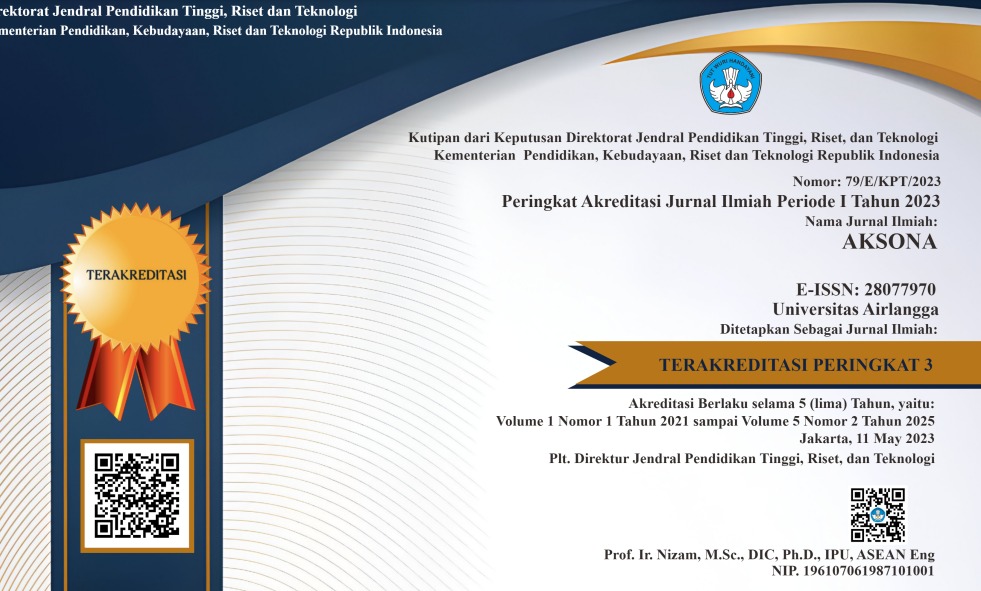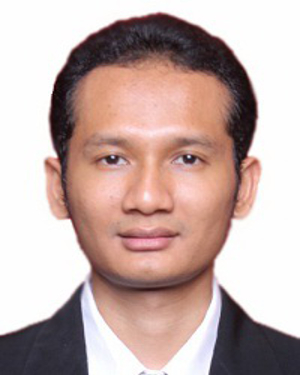Lamp Light Exposure During Sleep and Sleep Quality of Medical Student Universitas Airlangga Batch 2012
Downloads
Introduction: Sleep disorder commonly happens to teenagers and adults because of light exposure during sleep that affects sleep quality, but the relation of lamp light exposure during sleep and sleep quality of medical students hasn't been determined previously. Objective: This research aimed to determine the relation of lamp light exposure and sleep quality of Universitas Airlangga's medical students and to give further information about the right adjustment of lamp light exposure to improve the sleep quality of medical student. Methods: Variables in this cross-sectional designed research were lamp light exposure (on or off) as the independent variable and sleep quality as a dependent variable. The research used the PSQI questionnaire to decide the sleep quality of 115 subjects once a week in a month. The collected data were analyzed by chi-square and fisher's exact test. Results: Based on the chi-square test, the p-value for lamp light exposure and sleep quality was more than 0.05 (p = 0.863). The results also showed that 74.8% of medical students had bad quality sleep. Conclusion : In conclusion, there was no relation between lamp light exposure and sleep quality. This research also indicated that most of the subjects had a bad sleep quality so that student should increase their needs for better sleep quality to maintain performance.
Giri PA, Baviskar MP, Phalke DB. Study of sleep habits and sleep problems among medical students of pravara institute of medical sciences loni, western maharashtra, India. Ann Med Heal Sci Res. 2013;3(1):51–4.
Buysse DJ, Reynolds CF, Monk TH, Berman SR, Kupfer DJ. The Pittsburgh sleep quality index: A new instrument for psychiatric practice and research. Psychiatry Res. 1989;28(2):193–213. doi: 10.1016/0165-1781(89)90047-4
Hershner SD, Chervin RD. Causes and consequences of sleepiness among college students. Nat Sci Sleep. 2014;6:73–84. doi: 10.2147/NSS.S62907
Chang AM, Scheer FA, Czeisler CA, Aeschbach D. Direct effect of light on alertness, vigilance, an the walking electroencephalogram in humans depends on prior light history. Sleep. 2013;36(8):1239–46. doi: 10.5665/sleep.2894
Harvard Health Letter. Blue light has a dark side [Internet]. Harvard Health Publishing. 2020. Available from: https://www.health.harvard.edu/staying-healthy/blue-light-has-a-dark-side
Ganong WF. Medical Physiology. 20th ed. Jakarta: ECG; 2003.
Lee KA. An overview of sleep and common sleep problems. ANNA J. 1997;24(6).
Dewald JF, Meijer AM, Oort FJ, Kerkhof GA, Bogels SM. The influence of sleep quality, sleep duration and sleepiness on school performance in children and adolescents: A meta-analytic review. Sleep Med Rev. 2010;14(3):179–89. doi: 10.1016/j.smrv.2009.10.004
Lund HG, Reider BD, Whiting AB, Prichard JR. Sleep patterns and predictors of disturbed sleep in a large population of college students. J Adolesc Heal. 2010;46(2):124–32. doi: 10.1016/j.jadohealth.2009.06.016
Hastono SP. Analisis Data Kesehatan. Jakarta: Universitas Indonesia; 2007.
Tsai L, Li S. Sleep patterns in college students: Gender and grade differences. J Psychosom Res. 2004;56(2):231–7. doi: 10.1016/S0022-3999(03)00507-5
Han KS, Kim L, Shim I. Stress and sleep. Exp Neurobiol. 2012;21(4):141–50. doi: 10.5607/en.2012.21.4.141
Copyright (c) 2022 Dyah Ayu Pradnyaparamitha, Hendrian Dwikoloso Soebagjo, Gadis Meinar Sari

This work is licensed under a Creative Commons Attribution-ShareAlike 4.0 International License.





















